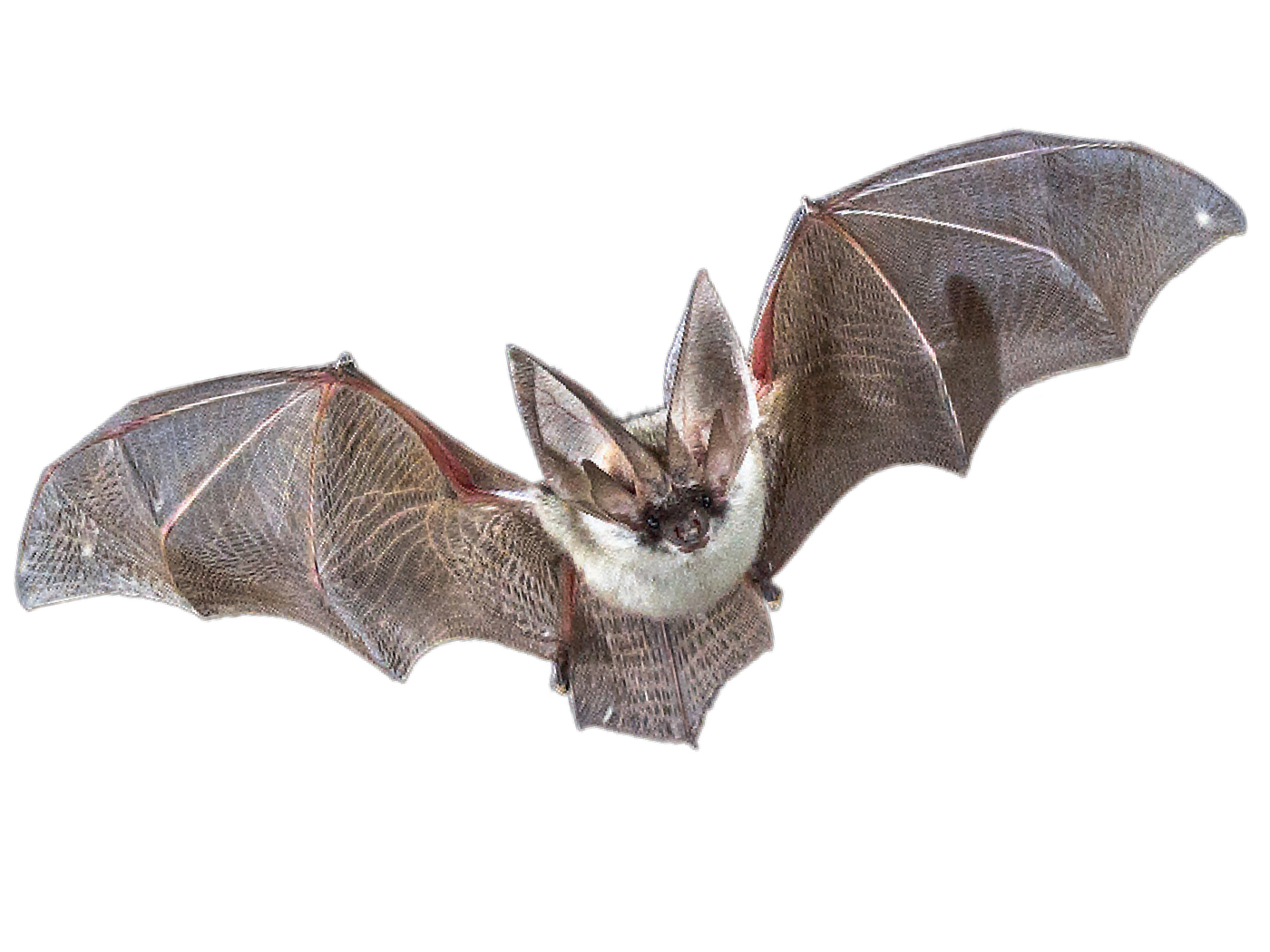"Down with the Big Bang;" "The Big Bang Theory Goes Kerplooey;" "The Big Bang Theory Explodes;" "Sorry, Big Bang Theory is a Dud;" "Map Challenges Theory of Universe;" "Astronomers' New Data Jolt Vital Part of Big Bang Theory;" "Quasar Clumps Dim Cosmological Theory." These have been titles of a few of the articles found in newspapers and science journals in the last two or three years, as the Big Bang theory has received one body blow after another. And why not? We know that the universe did not begin with a big bang -- it will end with a big bang, for "but the day of the Lord will come as a thief in the night; in the which the heavens shall pass away with a great noise, and the elements shall melt with fervent heat, the earth also and the works that are therein shall be burned up" (II Peter 3:10). Cosmologists have thus miserably failed as to the time, nature, and cause of the Big Bang.
The Big Bang theory concerning the origin of the universe was spawned about 50 years ago, and soon became the dogma of the evolutionary establishment. It has had many dissenters, however, including the British astronomer Sir Fred Hoyle, the Nobel laureate Hannes Alfven, and astronomers Geoffrey Burbidge and Halton Arp. According to the Big Bang theory, some 10 to 20 billion years ago, all of the matter and energy of the universe was compressed into a cosmic egg, or plasma ball, consisting of sub-atomic particles and radiation. Nobody knows where the cosmic egg came from, or how it got there -- it was just there. For some equally inexplicable reason, the cosmic egg exploded. As the matter and radiation expanded, so the theory says, it cooled sufficiently for elements to form, as protons and electrons combined to form hydrogen of atomic weight one, and neutrons were subsequently captured to form helium of atomic weight four. Most of the gas that formed consisted of hydrogen. These gases, it is then supposed, expanded radially in all directions throughout the universe until they were so highly dispersed that an extremely low vacuum and temperature existed. No oxygen, nitrogen, phosphorus, carbon, sulfur, copper, iron, nickel, uranium, or other elements existed. The universe consisted essentially of hydrogen gas. Then somehow, we are told, the molecules of gas that were racing out at an enormous speed in a radial direction began to collapse in on themselves in local areas by gravitational attraction. The molecules within a space of about six trillion miles diameter collapsed to form each star, a hundred billion stars somehow collected to form each of the estimated 100 billion galaxies in the universe, and our own solar system formed about five billion years or so ago from a cloud of dust and gas made up of the exploded remnants of previously existing stars. No satisfactory theory exists to explain any of these events, but cosmologists remained firm in their conviction that all of these marvelous events would eventually yield to credible explanations. But now a cruel fate has befallen the grandest theory of all -- the Big Bang theory.
Based on the Big Bang theory, cosmologists predicted that the distribution of matter throughout the universe would be homogeneous. Thus, based upon the so-called Cosmological Principle, it was postulated that the distribution of galaxies in the universe would be essentially uniform. No matter in which direction one looked, if one looked far enough, one would see the same number of galaxies. There would be no large scale clusters of galaxies or great voids in space. Recent research, however, has revealed massive superclusters of galaxies and vast voids in space. We exist in a very "clumpy" universe.
The present crisis in Big Bang cosmologies began in 1986, when R. Brent Tully, of the University of Hawaii, showed that there were ribbons of superclusters of galaxies 300 million light-years long and 100 million light-years thick, stretching out about a billion light-years, and separated by voids about 300 million light-years across.[1] These structures are much too big for the Big Bang theory to produce. At the speeds at which galaxies are supposed to be moving, it would require 80 billion years to create such a huge complex, but the age of the universe is supposed to be somewhere between 10 and 20 billion years.
In November of 1989, Margaret Geller and John Huchra, of the Harvard-Smithsonian Center for Astrophysics, announced the results of their research. Their map of the sky revealed what they termed the "Great Wall" -- a huge sheet of galaxies 200 million light years across and 700 million light years long.[2] A team of American, British, and Hungarian astronomers, it is reported, discovered even larger structures.[3] They found galaxies clustered into thin bands spaced about 600 millon light years apart. The pattern of these clusters stretched across about one-fourth of the diameter of the universe, or about seven billion light years. This huge shell and void pattern would have required nearly 150 billion years to form, based on their speed of movement, if produced by the standard Big Bang cosmology.
Even more recently (January 3, 1991), Will Saunders and nine fellow astronomers published the results of their all-sky redshift survey of galaxies detected by the Infrared Astronomical Satellite. This survey revealed the existence of a far-greater number of massive superclusters of galaxies than can be accounted for by Big Bang cosmologies.[4]
In an attempt to salvage the Big Bang theory, cosmologists have invented hypotheses to explain the failures of their hypotheses. One of these is the Cold Dark Matter (CDM) theory. According to this theory, 90-99% of the matter in the universe cannot be detected. If CDM existed, it would supply sufficient gravitational pull to create large clusters of galaxies. The structures discovered during the past few years, however, are so massive that even if CDM did exist, it could not account for their formation. Saunders and co-workers thus state that the CDM model can be ruled out to at least the 97% confidence level. In the same issue of Nature, in which is found the article by Saunders, et al, there appears an article by David Lindley in the "News and Views" section (p. 14) entitled "Cold Dark Matter Makes an Exit." Caltech cosmologist S. George Djorgovski, taking into account the astronomical observations that contradict the CDM theory, states that the demise of the notion of the existence of cold dark matter is inevitable.[5]
Also very recently, the U.S.-European Roentgen Satellite (ROSAT), detecting x-ray emissions, discovered evidence of giant superclusters of quasars on the edge of the universe, supposedly eight to 12 billion light years from the earth.[6] Physicist Paul Steinhardt, of the University of Pennsylvania, states that "This may be the start of the death knell of the cold-dark-matter theory. " Even if this hypothetical matter existed, it still could not explain the existence of these giant clusters of quasars.
If all of this weren't bad enough news for Big Bang cosmologists, results from the Cosmic Background Explorer (COBE) should really make them wish they had gone into some other field. Based on the Big Bang theory, it was predicted that there should exist a background radiation equivalent to a few degrees Kelvin. Sure enough, in 1965, Arno Penzias and Robert Wilson, radio engineers at Bell Telephone Laboratories in New Jersey, discovered a microwave background radiation of 2.7° K. Evolutionary cosmologists were absolutely delighted. This discovery was considered proof of the Big Bang, and Penzias and Wilson were duly awarded Nobel Prizes. It now appears, however, that the background radiation may turn out to be additional evidence against the Big Bang theory, rather than its proof.
Since the Big Bang theory predicted a homogeneous universe with matter evenly distributed throughout the universe (which it most certainly is not, as described above), evolutionary cosmologists expected that the background radiation would be perfectly smooth. That is, no matter in which direction one looked, the background radiation would be the same. Just as predicted, the background radiation was perfectly smooth. Theorists were delighted, smug in the assurance that this background radiation was the leftover whimper of the Big Bang. Now, however, it turns out that the universe is not homogeneous, but is extremely lumpy, with massive superclusters of galaxies and great voids in space. Thus , if the background radiation is left over from the Big Bang, it should not be smooth, but should be more intense in certain directions than in others, indicating inhomogeneities at the very start of the universe, immediately following the initial moments of the Big Bang. Astronomers thus began to search for differences in the background radiations. All measurements showed it to be perfectly smooth. Thus COBE was launched to an orbit 559 miles above the earth, carrying sensitive instruments to measure the background radiation. Alas, preliminary data from COBE announced in January, show absolutely no evidence of inhomogeneity in the background radiation. It is perfectly smooth.[7]
"No energetic processes, even unknown ones, could have occurred that were vigorous enough to either create the large-scale structures astronomers have observed or stop their headlong motion once created. There is simply no way to form these structures in the 20 billion years since the Big Bang."[8]
Of course, the demise of the Big Bang theory will not discourage evolutionary theorists from proposing other theories. In fact, theories based on plasma processes and a revised steady-state theory have already been advanced to replace Big Bang cosmologies."[9],[10],[11]
Eventually, all such theories will fail, for "in the beginning God created the heaven and the earth" (Genesis 1:1). "The heavens declare the glory of God; and the firmament showeth His handiwork" (Psalm 19:1).
- R. B. Tully, Astrophysics Journal 303:25-38 (1986).
- M. J. Geller and J. P. Huchra, Science 246:897-903 (1990).
- E. G. Lerner, Aerospace America, March 1990, pp. 38-43.
- Will Saunders, et al, Nature 349:32-38 (1991).
- T. H. Maugh, II, Los Angeles Times, San Diego Edition, January 5, 1991, p. A29.
- R. Cowen, Science News 139:52 (1991).
- Reference 3, p. 41.
- Reference 3, p. 42.
- Reference 3, p. 43.
- A. L. Peratt, The Sciences, January/February 1990, p. 24.
- H. C. Arp, G. Burbidge, F. Hoyle, J. V. Narlikar, and N. C. Wickramasinghe, Nature 346:807-812 (1990).
* At the time of publication, Dr. Duane T. Gish was Vice-President of the Institute for Creation Research.
Cite this article: Gish, D. 1991. The Big Bang Theory Collapses. Acts & Facts. 20 (6).






